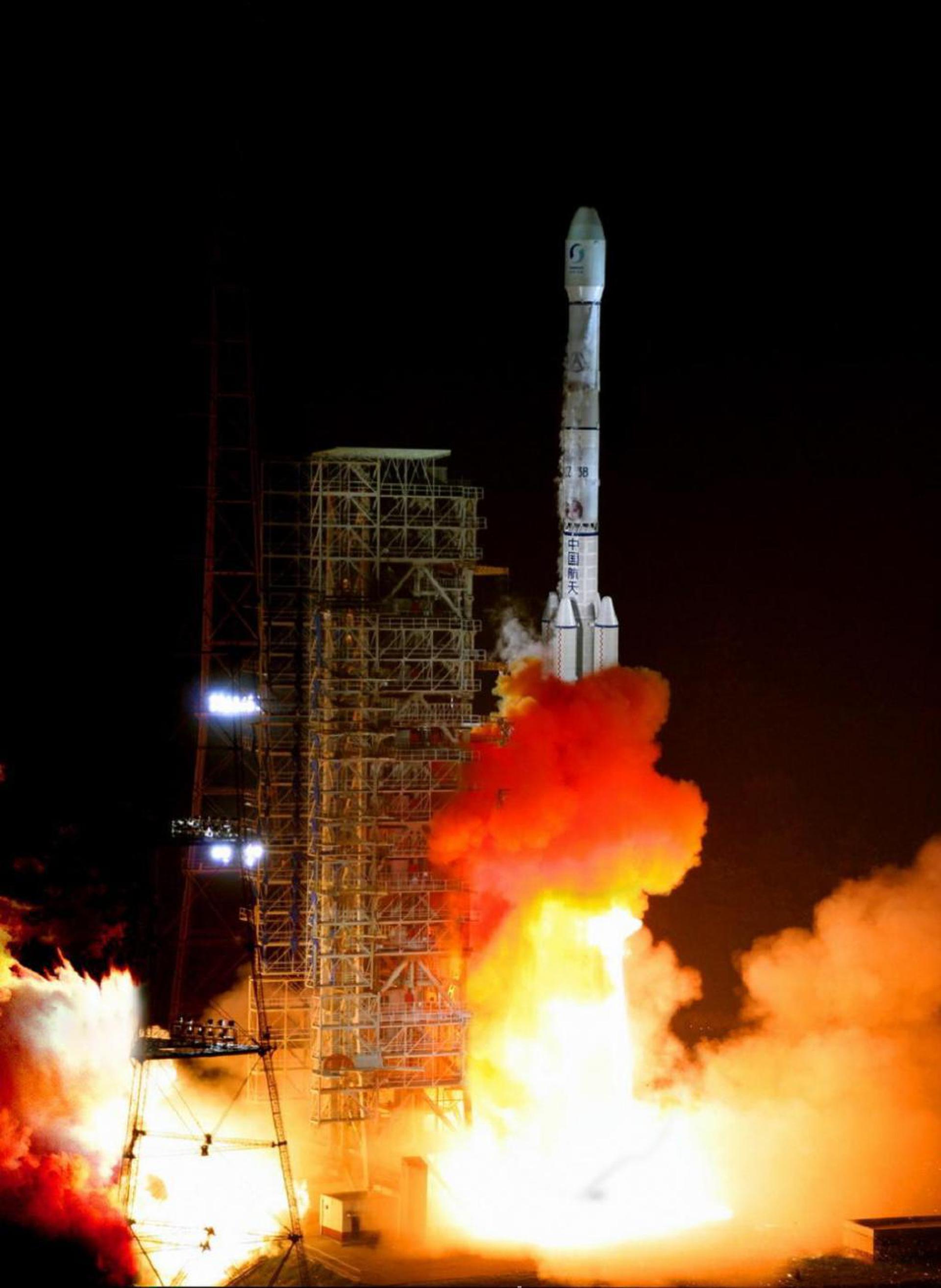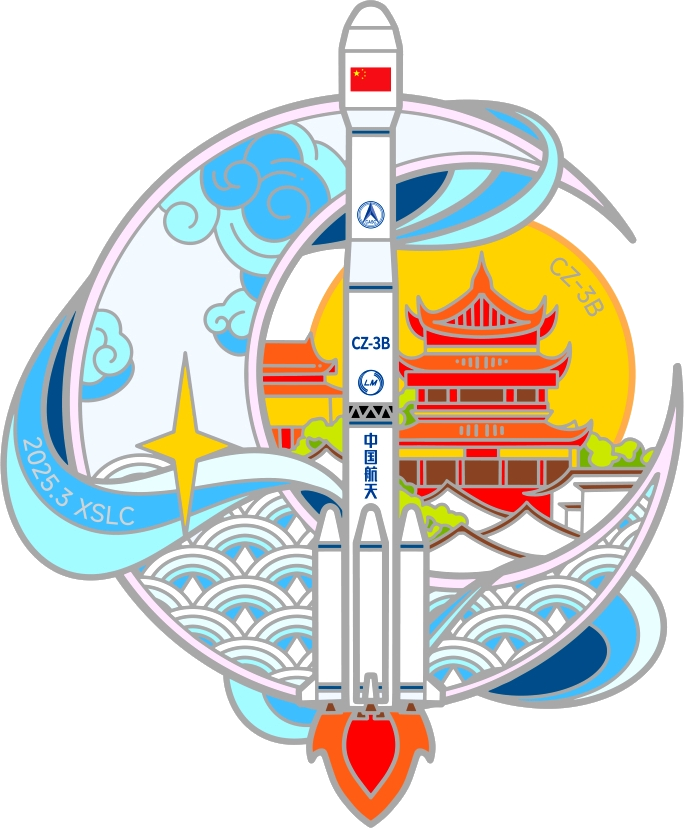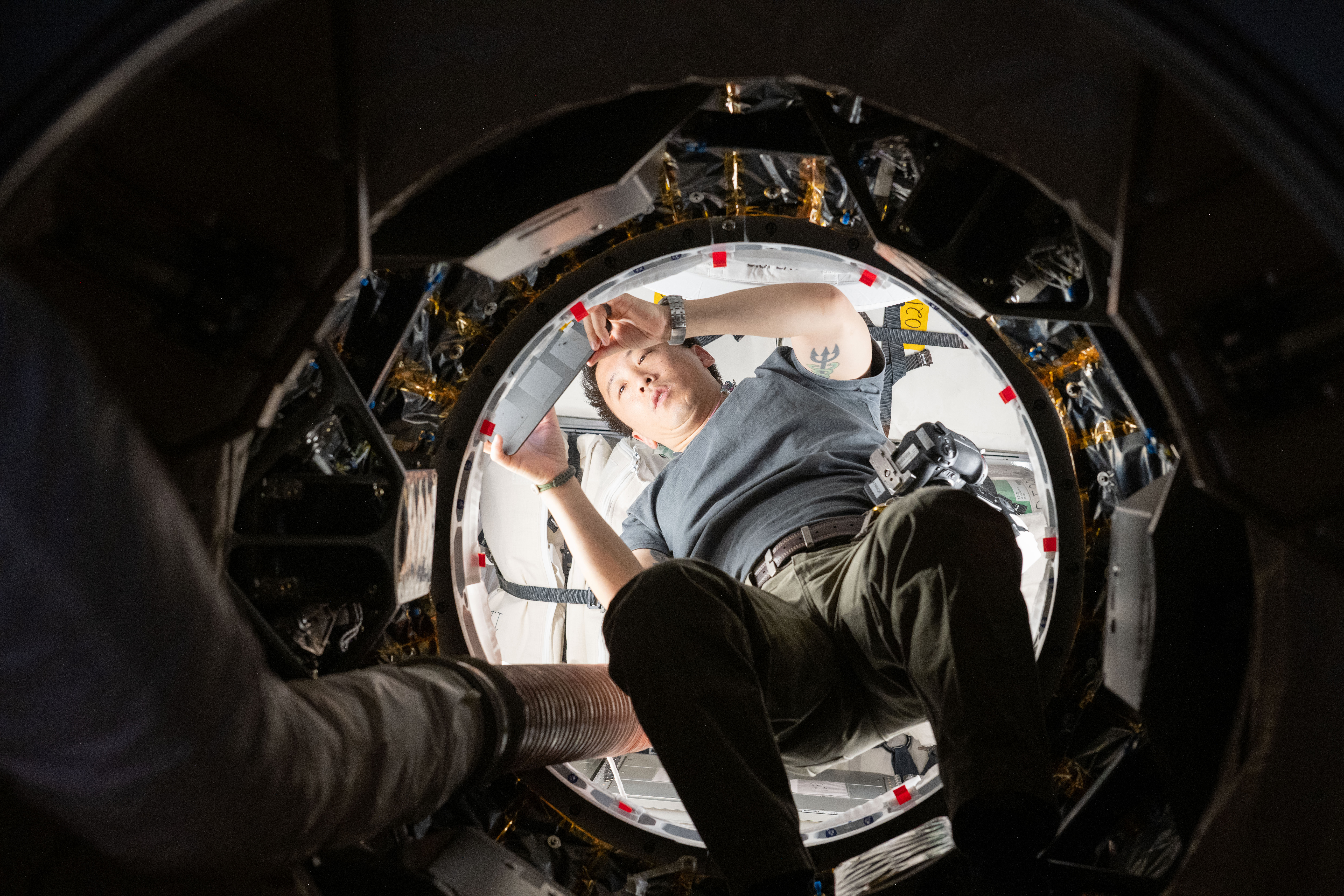Long March 3B/E | Tianlian 2-04
Launch Complex 2 (LC-2)
Xichang Satellite Launch Center, People's Republic of China
T?
--
Days
:
--
Hours
:
--
Mins
:
--
Secs
Date Loading...
China Aerospace Science and Technology Corporation
The China Aerospace Science and Technology Corporation (CASC) is the main contractor for the Chinese space program. It is state-owned and has a number of subordinate entities which design, develop and manufacture a range of spacecraft, launch vehicles, strategic and tactical missile systems, and ground equipment. It was officially established in July 1999 as part of a Chinese government reform drive, having previously been one part of the former China Aerospace Corporation. Various incarnations of the program date back to 1956.
Tianlian 2-04
Tianlian is a Chinese data tracking and relay communications geostationary satellite series. The TL 2 (Tian Lian 2) satellites represent the second generation of this relay satellite network, and is based on the DFH-4 Bus, a three-axis-stabilized telecommunications satellite platform. TL 2 will be used to support real-time communications between orbiting satellites and ground control stations. This system will replace the current network of ground-based space tracking and telemetry stations and space tracking ships.
Long March 3B/E
Height 56.30 Meters
Max Stages 3
Mass To GTO 5500 kg
Liftoff Thrust 5924 kN
Diameter 3.35 Meters
Mass To LEO 12000 kg
Liftoff Mass 456 Tonnes
Launch Success 70
Consecutive Success 48
Maiden Flight 2007-05-13
Launch Failures 1
Related News
2025-03-26T22:20:56+0000
SpaceNews
China launches new Tianlian data relay satellite to support human spaceflight
2025-03-24T22:19:44+0000
NASASpaceflight











